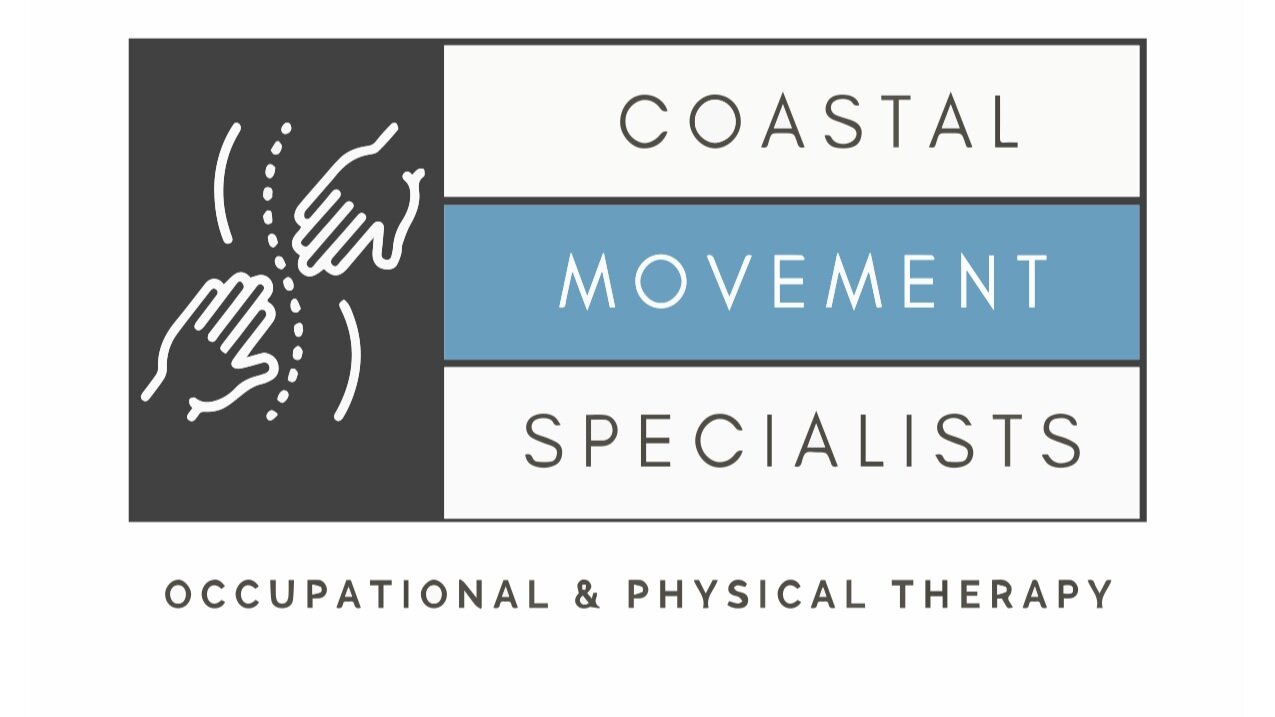How to Relieve Carpal Tunnel Pain
One of the most common conditions to cause pain in the wrist and hand is carpal tunnel syndrome. Pain from this condition, labeled a chief occupational hazard by the United States Department of Labor, affects more than eight million people each year. Carpal tunnel surgery is second only to back surgery as the most common type of musculoskeletal surgery. Unfortunately, less than one-fourth of patients can return to their previous occupation after surgery. This highlights the importance of physical therapy in early treatment and recovery after surgery for optimal results.
Learn more below about carpal tunnel and contact us to schedule an appointment in our Johns Island, SC office.
What is Carpal Tunnel Syndrome?
The carpal tunnel is a passage way formed by bones and ligaments. The median nerve and nine tendons pass through this tunnel and connect the forearm and hand. The median nerve enables movement of the forearm, hand, and wrist. It also makes it possible for you to feel different sensations such as pain and temperature on the skin of your thumb, middle, and index fingers. The nine carpal tunnel tendons bend your thumb and fingers.
Carpal tunnel can result from:
· Inflammation and enlargement of the median nerve.
· Inflammation and enlargement of the carpal tunnel tendons.
· Thickening of the carpal tunnel ligament across the top of the wrist.
· A tumor or cyst within the carpal tunnel.
These factors cause pressure on the median nerve within the wrist, resulting in carpal tunnel syndrome symptoms.
Carpal Tunnel Symptoms
Excess pressure on the median nerve causes abnormalities in providing sensation and movement to the hand and fingers. Symptoms typically begin gradually, and you may not associate these with a specific injury. Although initially the symptoms appear intermittently, they eventually become more persistent. Symptoms may also worsen at night due to sleeping with your wrists bent.
Your carpal tunnel symptoms may include:
· Pain in the forearm, wrist, and hand.
· Burning and tingling in the thumb, index, middle, and ring fingers.
· A radiating shock sensation felt through the wrist and hand.
· Numbness in the hand, especially in all fingers except the smallest one.
· Hand weakness, especially in gripping that causes clumsiness.
· Loss of proprioception (or kinesthesia) in the hand resulting in the frequent dropping of objects.
· Difficulty sleeping due to hand pain, tingling, and numbness.
· A feeling of swollen fingers.
Causes of Carpal Tunnel Syndrome
A variety of factors can contribute to excess pressure on the median nerve, which causes carpal tunnel syndrome, such as:
A small carpal tunnel or another anatomic anomaly impinges on adequate space for the median nerve.
· Repetitive hand motions over a prolonged time.
· Several types of arthritis, especially rheumatoid and osteoarthritis.
· Hormonal changes such as those seen in pregnancy and menopause.
· Medical conditions such as type 2 diabetes and thyroid gland imbalance.
· Family history of carpal tunnel syndrome.
· Injury to the wrist.
Risk Factors for Carpal Tunnel Syndrome
Although anyone can develop carpal tunnel syndrome, the factors that place one at higher risk include:
· Obesity.
· Age, 40-70 years.
· Diabetes.
· Smoking.
· Alcohol.
· Occupations that require repeated hand and wrist movements.
Treatment of Carpal Tunnel Pain
Treating carpal tunnel syndrome depends on the severity of pain and the loss of function in the hand, wrist, and forearm. Therefore, the treatments vary considerably from case to case.
Nonsurgical Treatment
Early diagnosis of mild symptoms can respond to conservative treatment such as:
· Wearing a wrist brace, especially at night, to prevent bending your wrist. You can also wear a brace or splint while performing tasks that flex your wrist out of a neutral position.
· Ice or heat treatments to relieve pain.
· Nonsteroidal anti-inflammatory medications such as naproxen and ibuprofen.
· Specific exercises that target the median nerve.
· Ergonomic changes that can alter the position of your hands and wrists while working and performing other tasks.
· Stretching and strengthening exercises as prescribed by a physical therapist.
· Corticosteroid injections. These are powerful medications that relieve pain when injected into the carpal tunnel. Unfortunately, the relief is often only temporary. There is a limit of how many injections you can receive in your carpal tunnel.
Carpal Tunnel Surgery
There are two types of carpal tunnel surgery to relieve the compression on the median nerve.
1. Open carpal tunnel release. The wrist or palm of your hand is opened, and the carpal tunnel ligament is cut to take pressure off the median nerve.
2. Endoscopic carpal tunnel release. The surgeon makes one or two small incisions in your wrist in this less invasive procedure. The surgery is performed using a tiny camera and other small instruments.
Both surgeries have their risks and benefits and offer a similar outcome. Be sure to talk to a healthcare professional about your options, and if surgery is necessary.
Work With Our Physical Therapists
Our physical therapists are movement specialists who can develop a personalized treatment plan based on your specific carpal tunnel symptoms. Located on Johns Island, SC, Coastal Movement Specialists serves the entire Charleston area. Contact us today to learn more about our physical therapy services.

